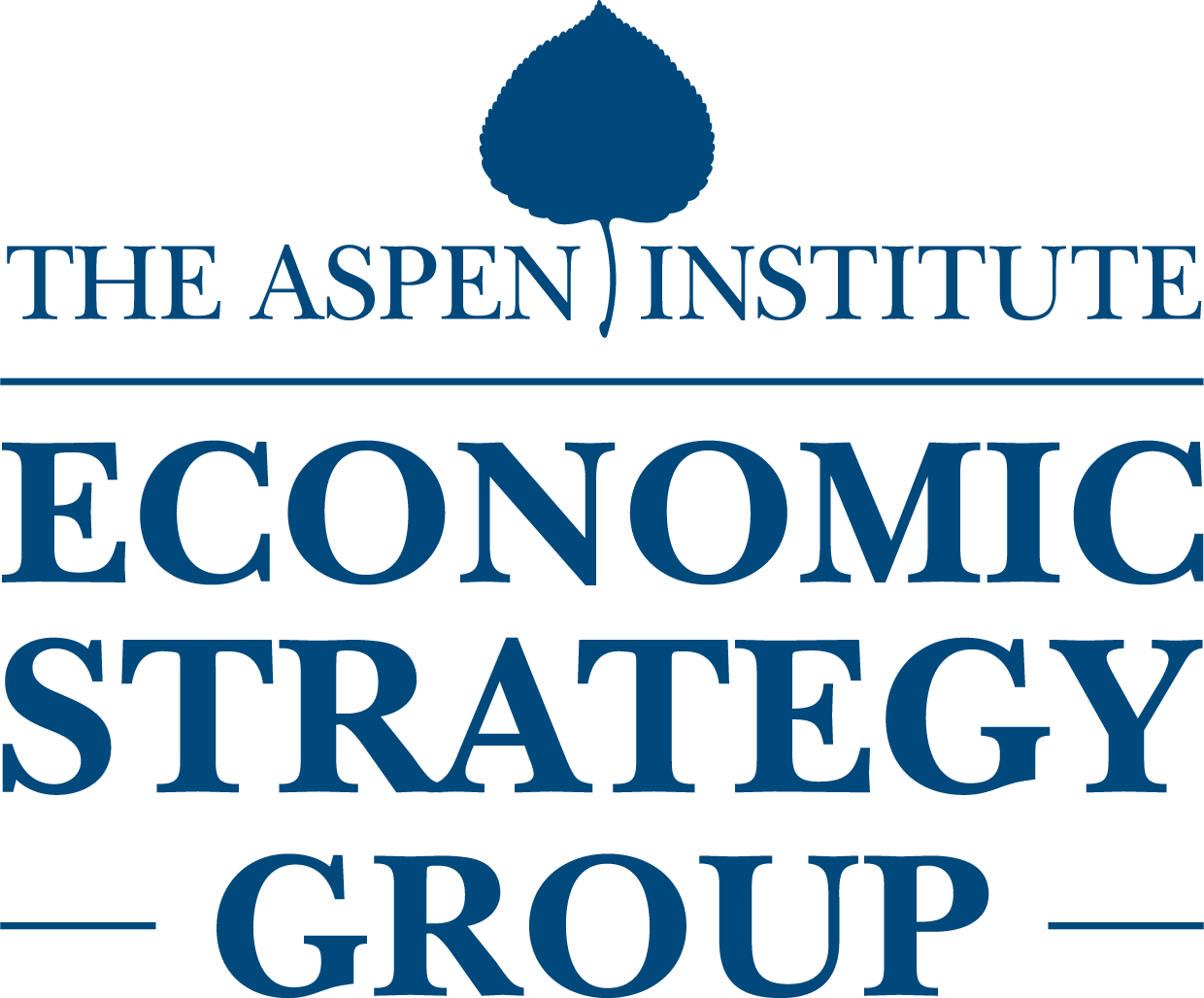
IN BRIEF: The Who, What, and Why of Declining College Enrollment, 2019-2021

BRIEFLY…
College enrollment in the US declined among recent high school graduates in the past couple of years, even as the economic returns to a college degree remain substantial – see this previous IN BREIF. In this post, we show that this drop in college enrollment was concentrated among men, and it was not limited to any particular race or ethnic group of men. Furthermore, labor force participation rates for young men remain depressed. As pandemic-related disruptions abate, it is important to help the young adults whose college plans and entry into the workforce were disrupted to get back on track. It is equally important to ensure that new high school graduates experience higher rates of college enrollment and transitions to the workforce.
WHAT TO KNOW
- Men have driven the recent decline in college enrollment out of high school. Among all recent high school graduates, college enrollment rates fell from 66.2% in 2019 to 61.8% in 2021. For men, just 54.9% of high school graduates enrolled in college in 2021, down from 62.0% in 2019. Among women, rates of enrollment remained more stable over this time period, falling slightly from 69.8% to 69.5%. Top-line data just released for 2022 indicate that the declines might be tapering off; overall enrollment is holding steady at 62.0% and men’s college enrollment rate was at57.1% in 2022, which is higher than in 2021, but still below pre-pandemic levels.
Figure 1. College Enrollment Rates of New High School Graduates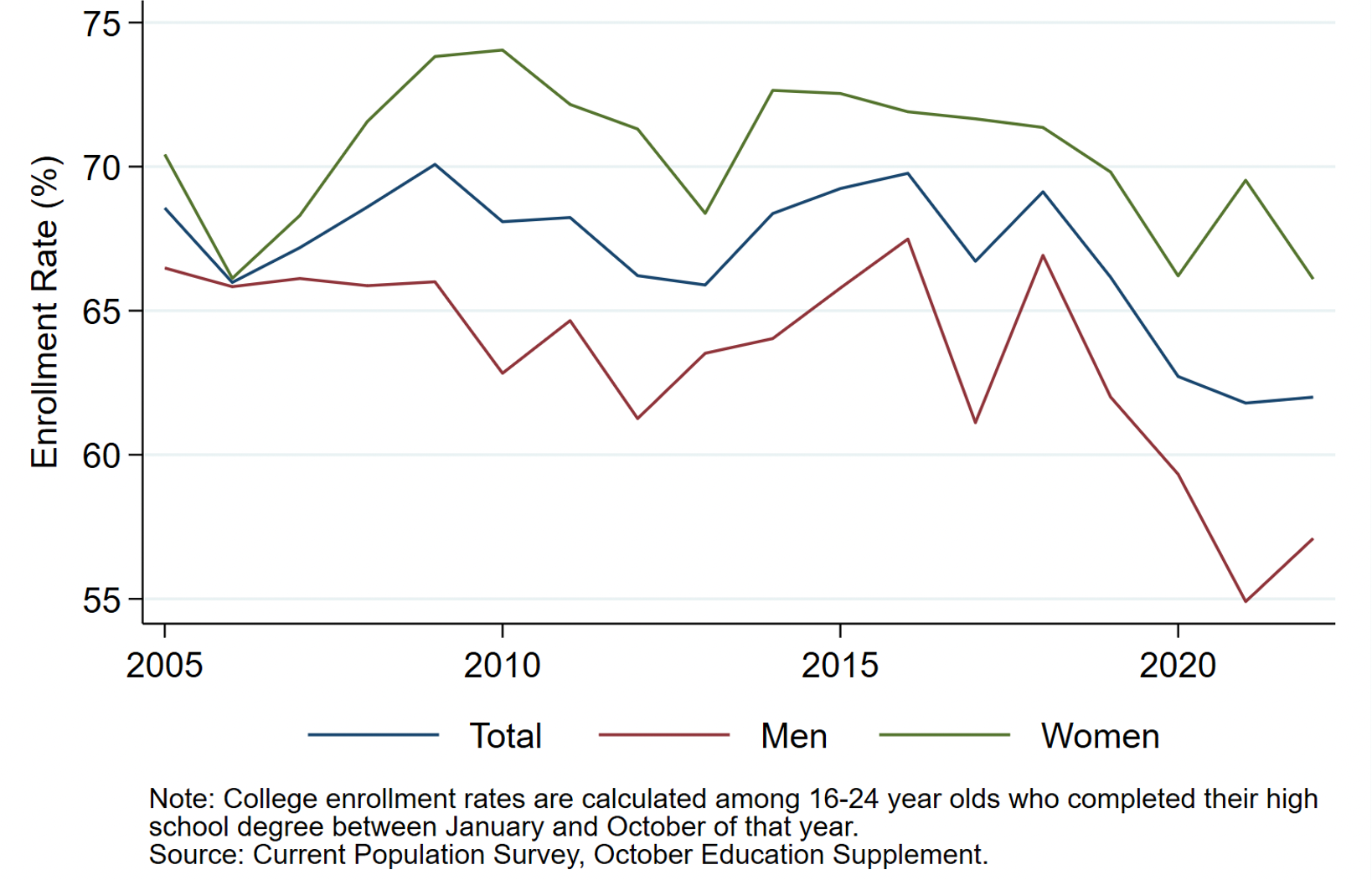
- The pandemic-era decline in college enrollment out of high school occurred across men of most major race and ethnic groups. Among White, Non-Hispanic men, enrollment rates fell from 62.7% to 55.3%; the enrollment rate among Non-White, Non-Hispanic men dropped from 59.1% to 52.6%. Hispanic men experienced the largest drop between 2019 and 2021 – from 63.4% to 51.1%.
Table 1. “Immediate” College Enrollment Rates of Recent High School Grads, Men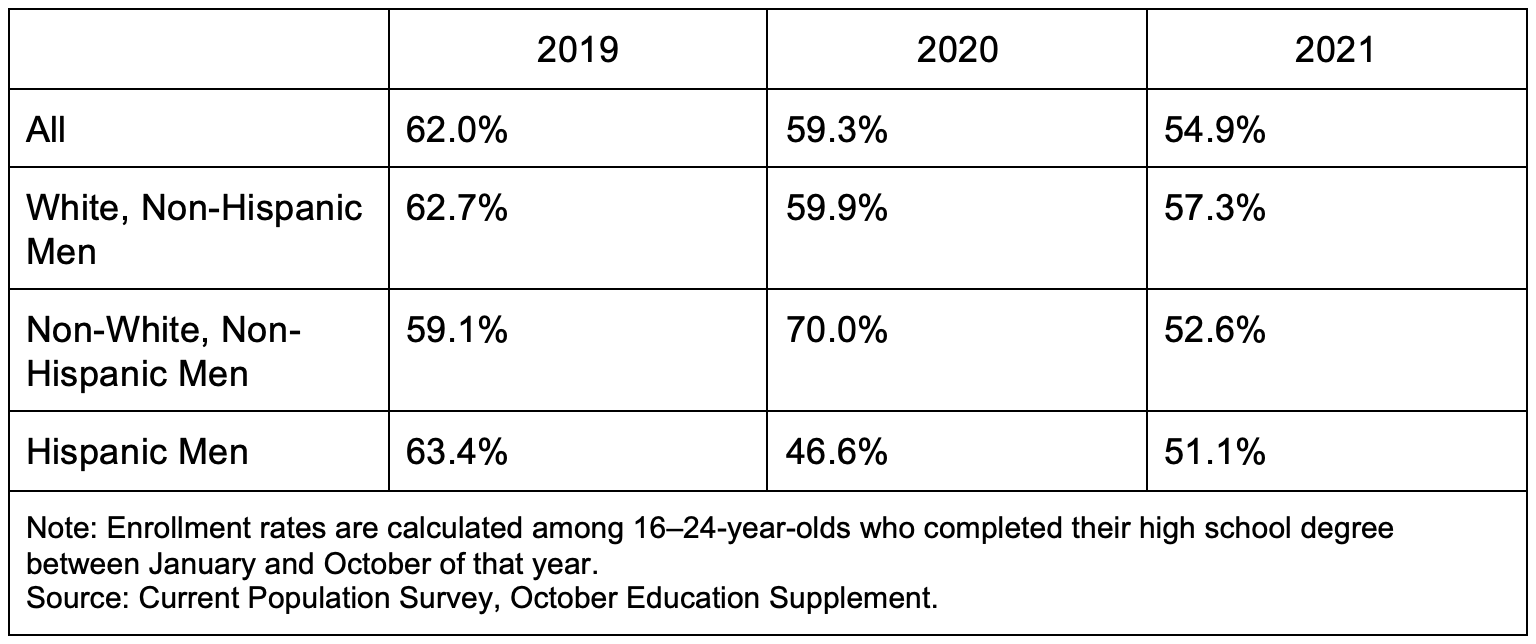
- These men and women graduating but not enrolling in college are less likely to be in the labor force than those in previous years who graduated but did not enroll in college. Despite anecdotal evidence that high schoolers are foregoing college to take advantage of the tight labor market, On the other hand now, the rate of male graduates who are neither in college nor in the labor force rose 6 percentage points and the share of women not in college and not in labor force rose 3 percentage points.
Table 2. Labor Force Status of Recent High School Graduates Not Enrolled in College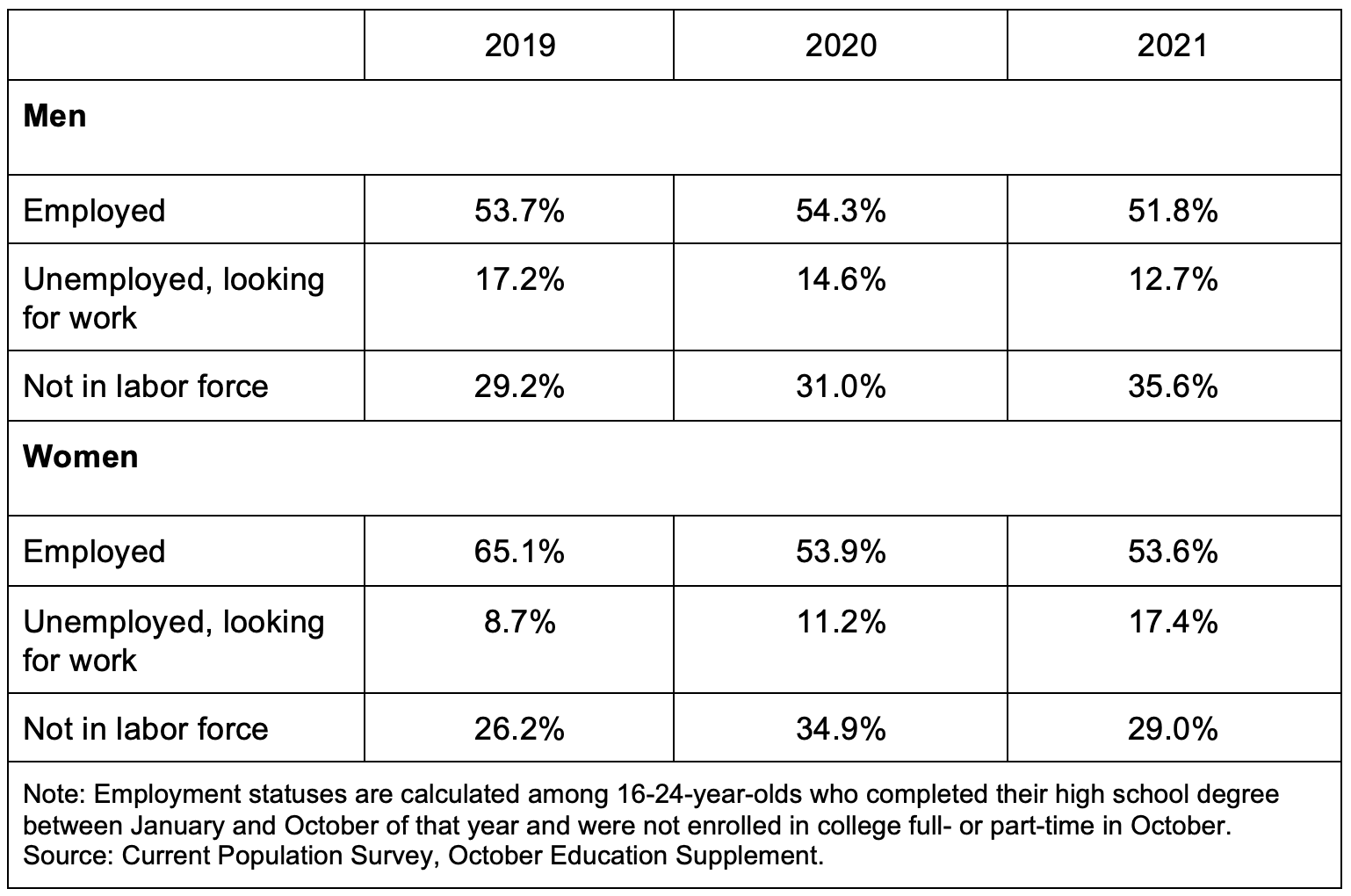
- House or family care was a large factor keeping younger men and out of the labor force, particularly in 2021. In 2021, 10.3% of men out of high school not in college cited “taking care of house or family” as the reason they were out of the labor force, compared to 4.5% in 2019. There was also an increase in the share of female non-college enrollees who cited this factor: 13.7% of women cited caregiving responsibilities as the reason they were out of the labor force in 2021, compared to 8.2% in .
Figure 2. Primary Activity of Recent High School Graduates Not in College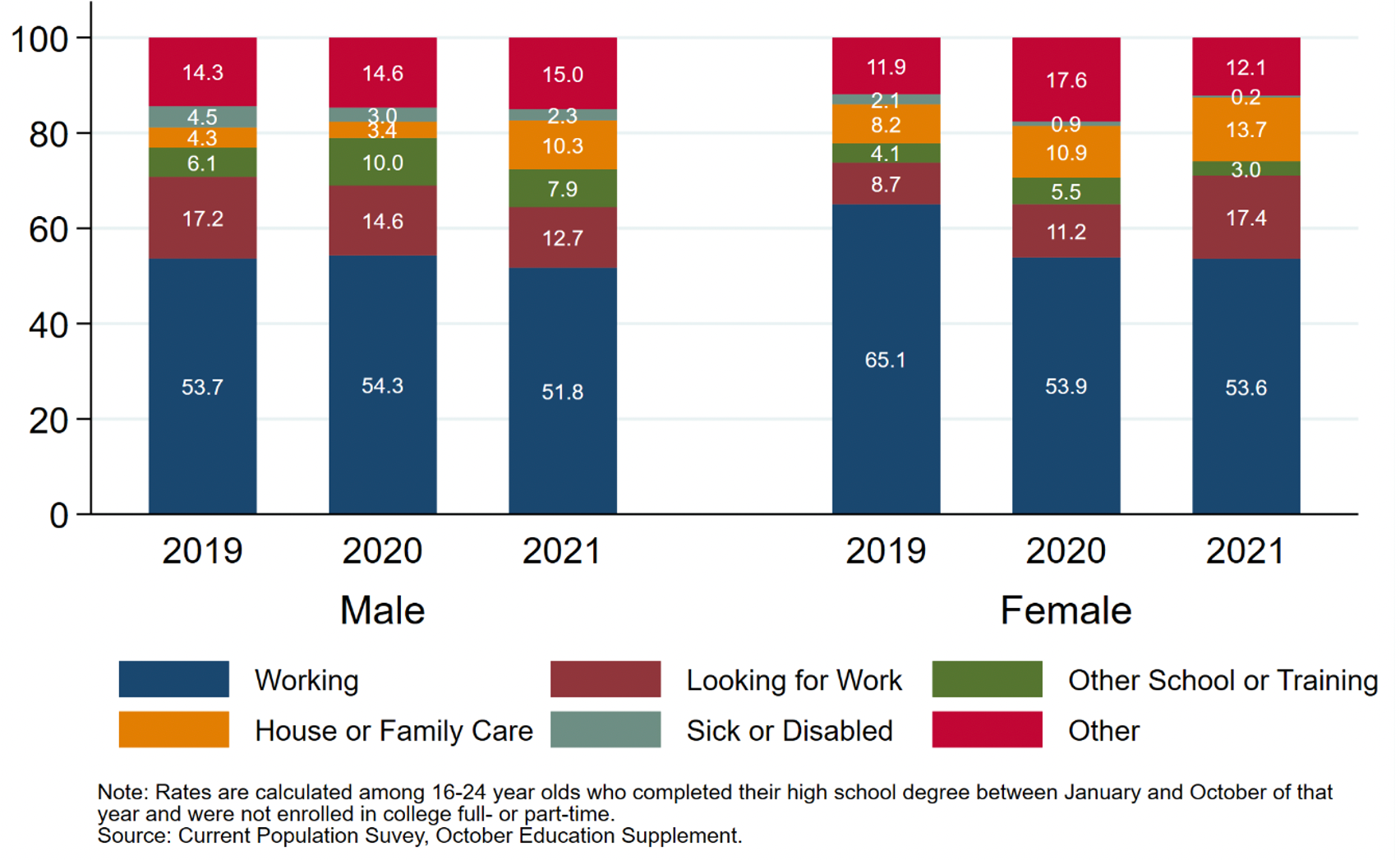
THE BOTTOM LINE
The decline in college enrollment rates accelerated sharply during the pandemic and was particularly large among men putting off college right after high school. These graduates did not enter the labor force, but rather many college plans were disrupted by COVID-related caregiving needs. As the individual economic returns to a college degree remain as high as they have ever been and as the business needs for a skilled workforce continue to grow, it is vital to ensure these graduates and future cohorts return to the college pipeline.